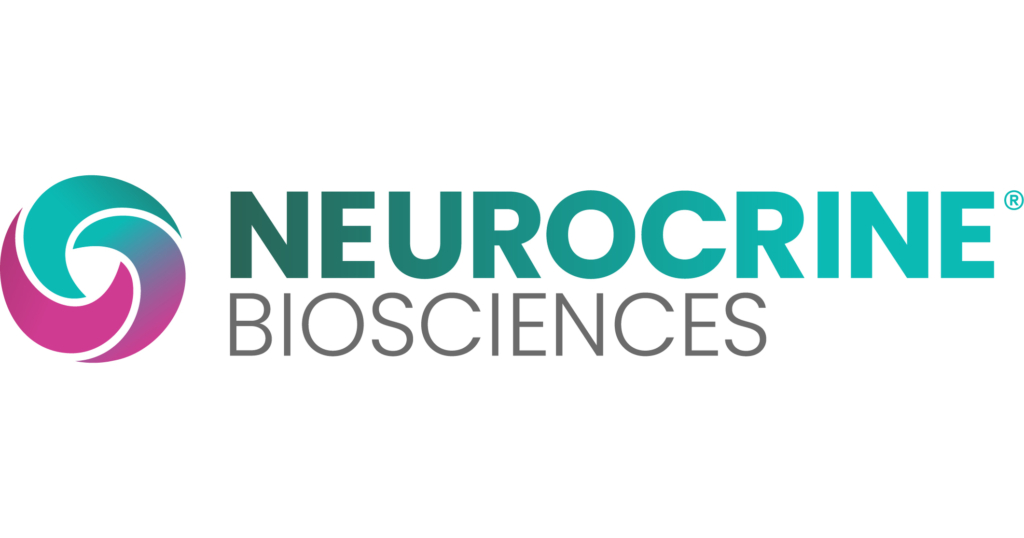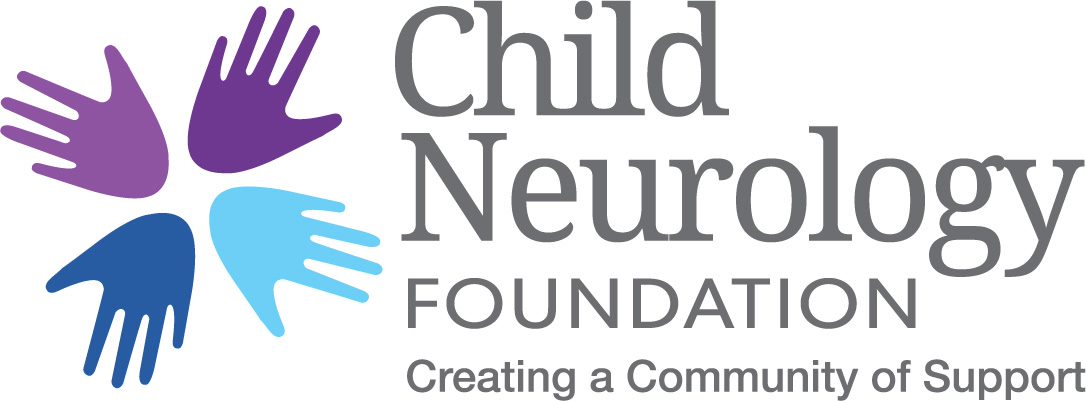
Author: Alexander Fay, MD, PhD
UCSF Benioff Children’s Hospital
Reviewed: November 2021
SUMMARY
Arginase-1 deficiency (ARG1-D) is a genetic disorder caused by lack of an enzyme called arginase-1, or ARG1. ARG1 breaks down the amino acid arginine in the liver.
An ARG1 deficiency primarily causes symptoms in the nervous system, such as seizures, delays in development, and difficulties with walking. Trouble with eating and weight gain, and smaller than normal head size, may also occur.
JUMP TO
Disorder Overview
DESCRIPTION
ARG1-D is considered a urea cycle disorder. The enzyme ARG1 helps our bodies get rid of nitrogen by changing it into urea, which is flushed from the body with urination. It does this by breaking down an amino acid called arginine. Arginine contains nitrogen. It is usually broken down in the liver by ARG1.
Nitrogen comes mostly from the protein we eat. In children with adequate levels of ARG1, nitrogen does not cause any problems. However, when it cannot be broken down, it can build up in the blood and nervous system. It can become toxic to the brain and spinal cord.
Range of Severity
There is a wide spectrum of severity in this disorder.
More severe ARG1-D starts before age three. They can even begin during the newborn period. Severe versions may include:
- Slowed growth
- Developmental delays
- Seizures
- Muscle stiffness in the arms and legs that may be confused with cerebral palsy
Less severe ARG1-D starts in later in childhood. Less severe versions may cause progressive stiffening in the legs, also known as spastic paraparesis. Spastic paraparesis can also include difficulties with walking or with bowel or bladder control.
SIGNS AND SYMPTOMS
Symptoms can vary depending on the severity of the disorder.
They can include:
- Spastic paraparesis. Spastic paraparesis is stiffness, or spasticity, in the muscles of both the arms and legs (spastic quadriparesis) or in the muscles of both legs (spastic paraparesis). It is the most common symptom of ARG1-D. It occurs in both severe and milder cases. Sometimes, it can lead to trouble walking. It can also lead to trouble with bowel or bladder control.
- Slowed growth. Slowed growth refers to difficulty gaining weight or a smaller-than-normal body size. It appears in more severe versions of the disorder.
- Developmental delays. Delays can include lateness in walking or talking. Delays are associated with more severe versions of the disorder.
- Seizures. Seizures tend to involve shaking of the whole body. They generally can be managed well with antiseizure medication. Seizures occur in about 60% to 75% of patients.
- Elevated ammonia levels. Elevation happens only occasionally but must be treated right away. It usually occurs along with a seizure or a decreased level of consciousness.
ARG1-D is a progressive disease. If the symptoms are untreated, they can worsen over time. However, they can be improved with treatment. Treatment can also help prevent severe intellectual and physical disability.
Some urea cycle disorders lead to life-threatening episodes of high ammonia in the body. This is less common in ARG1-D than in other urea cycle disorders. However, it can occur. In rare cases, it can be fatal.


CAUSES
ARG1-D is a recessive genetic disorder. This means that both copies of a child’s ARG1 gene must be abnormal for them to have ARG1-D. Typically, children with ARG1-D have inherited one abnormal gene from each parent. Each parent will have one normal and one abnormal copy of the ARG1 gene. However, neither of the parents themselves will have ARG1-D.
LAB INVESTIGATIONS
Diagnostic Testing
ARG1-D can be detected with:
- Blood testing. Blood testing looks for increased arginine in blood. The ammonia level in the blood is also sometimes elevated.
- Genetic testing. Genetic testing can look for an abnormal change, or mutation, in the ARG1 gene.
Additional Testing
Further tests can be helpful in learning more about how the disorder is affecting a child:
- Magnetic resonance imaging (MRI). MRI of the brain may show whether the brain has lost volume, which is one possible effect of ARG1-D.
- Further blood testing. Blood arginine levels may be checked over time to monitor a patient’s response to treatment.
TREATMENT
There are two sets of treatments for this disorder. One set helps to control the progression of ARG1-D in the long term. The other set works to control elevated ammonia levels as needed.
Long-Term Treatment
There are two primary courses of treatment to reduce the symptoms of ARG1-D. They should be used together.
Protein restriction in the diet
Nitrogen scavengers
The goal of these treatments is to reduce arginine levels to less than 200 nanomoles per milliliter of blood.
ARG1-D must be treated on a lifelong basis. Stopping treatment may lead to symptoms getting worse.


As-Needed Treatment
Treating a patient for elevated ammonia levels is rarely needed. However, some children with ARG1-D may require treatment to help with high ammonia levels in the blood. Treatment can include:
- Intravenous fluids and glucose
- Nitrogen scavengers
- Dialysis
OUTLOOK
Symptoms
Seizures and muscle stiffness may stabilize or improve with dietary treatment. However, more severe symptoms, such as developmental delays, typically persist once they appear. Early treatment can prevent disease symptoms from appearing in the first place.
Independence
Whether children with ARG1-D will be able to function independently as teenagers or adults depends on:
- The severity of their symptoms
- How old they were when the disease began
- When treatment began
With early treatment, it is possible for children to experience:
- More normal development
- Walking
- Independent functioning
Accommodations
The kinds of accommodations a child will need at school and home will depend how severe the symptoms are. Testing can help identify learning disabilities so that schools can better individualize learning plans.
Some possible accommodations include:
- Mobility devices, such as wheelchairs
- Individualized education plans
- Seizure action plans
Therapies
Therapies may also be necessary for some children. Examples include:
- Physical therapy
- Occupational therapy
- Speech therapy


RELATED DISORDERS
ARG1-D is one example of a urea cycle disorder. Other urea cycle disorders are usually related to deficiencies of other enzymes that remove nitrogen in the liver.
ARG1-D is sometimes mistaken for cerebral palsy. However, it is important to learn whether muscle stiffness truly comes from ARG1-D or cerebral palsy. Early diagnosis will help children get the appropriate treatment as soon as possible.
Resources
Arginase 1 Deficiency Foundation
The Arginase 1 Deficiency Foundation (ARG1D Foundation) was created to connect and support patients, families, caregivers and medical providers that care for or are affected by the rare genetic disorder of Arginase 1 Deficiency. ARG1D Foundation provides resources, information, and connections between families, geneticists and medical providers experienced in Arg1-D. ARG1D Foundation hosts Arginase Deficiency Family and Friends, a private Facebook group with over 40 members.
Connecting Families UCD Foundation
The vision of Connecting Families UCD Foundation is to connect families living with urea cycle disorders to each other and to provide support, critical tools, and resources that enhance quality of life for this rare community. Annual meetups, annual family camps, the Life Enrichment Program (student scholarships), are a few examples of resources offered for those families diagnosed with a urea cycle disorder.
National Urea Cycle Disorders Foundation
The National Urea Cycle Disorders Foundation (NUCDF) is dedicated to the identification, treatment, and cure of urea cycle disorders, affecting approximately 1 in 14,000 births and leading to developmental disability and neurological injury in children and adults. NUCDF serves as a primary resource of information and education to families and medical professionals. NUCDF’s goals are to stimulate and support medical research activities, raise awareness and educate medical personnel on the diagnosis and treatment of UCD, provide information and support to affected families, increase public awareness of existence of urea cycle disorders, and educate legislators on the needs of families affected by these rare disorders.


Child Neurology Foundation (CNF) solicits resources from the community to be included on this webpage through an application process. CNF reserves the right to remove entities at any time if information is deemed inappropriate or inconsistent with the mission, vision, and values of CNF.
Research
ClinicalTrials.gov for Arginase 1 Deficiency are clinical trials that are recruiting or will be recruiting. Updates are made daily, so you are encouraged to check back frequently.
ClinicalTrials.gov is a database of privately and publicly funded clinical studies conducted around the world. This is a resource provided by the U.S. National Library of Medicine (NLM), which is an institute within the National Institutes of Health (NIH). Listing a study does not mean it has been evaluated by the U.S. Federal Government. Please read the NLM disclaimer for details.
Before participating in a study, you are encouraged to talk to your health care provider and learn about the risks and potential benefits.
The information in the CNF Child Neurology Disorder Directory is not intended to provide diagnosis, treatment, or medical advice and should not be considered a substitute for advice from a healthcare professional. Content provided is for informational purposes only. CNF is not responsible for actions taken based on the information included on this webpage. Please consult with a physician or other healthcare professional regarding any medical or health related diagnosis or treatment options.
References
Häberle J, Burlina A, Chakrapani A, Dixon M, Karall D, Lindner M, Mandel H, Martinelli D, Pintos-Morell G, Santer R, Skouma A, Servais A, Tal G, Rubio V, Huemer M, Dionisi-Vici C. Suggested guidelines for the diagnosis and management of urea cycle disorders: First revision. J Inherit Metab Dis. 2019 Nov;42(6):1192-1230. https://doi.org/10.1002/jimd.12100. PMID: 30982989.
Schlune A, Vom Dahl S, Häussinger D, Ensenauer R, Mayatepek E. Hyperargininemia due to arginase I deficiency: the original patients and their natural history, and a review of the literature. Amino Acids. 2015 Sep;47(9):1751-62. https://doi.org/10.1007/s00726-015-2032-z. Epub 2015 Jun 27. PMID: 26123990.
Sun A, Crombez EA, Wong D. Arginase Deficiency. 2004 Oct 21 [updated 2020 May 28]. In: Adam MP, Ardinger HH, Pagon RA, Wallace SE, Bean LJH, Mirzaa G, Amemiya A, editors. GeneReviews® [Internet]. Seattle (WA): University of Washington, Seattle; 1993–2021. PMID: 20301338.
Thank you to our 2023 Disorder Directory partners:





